Substitution also increases shelf life
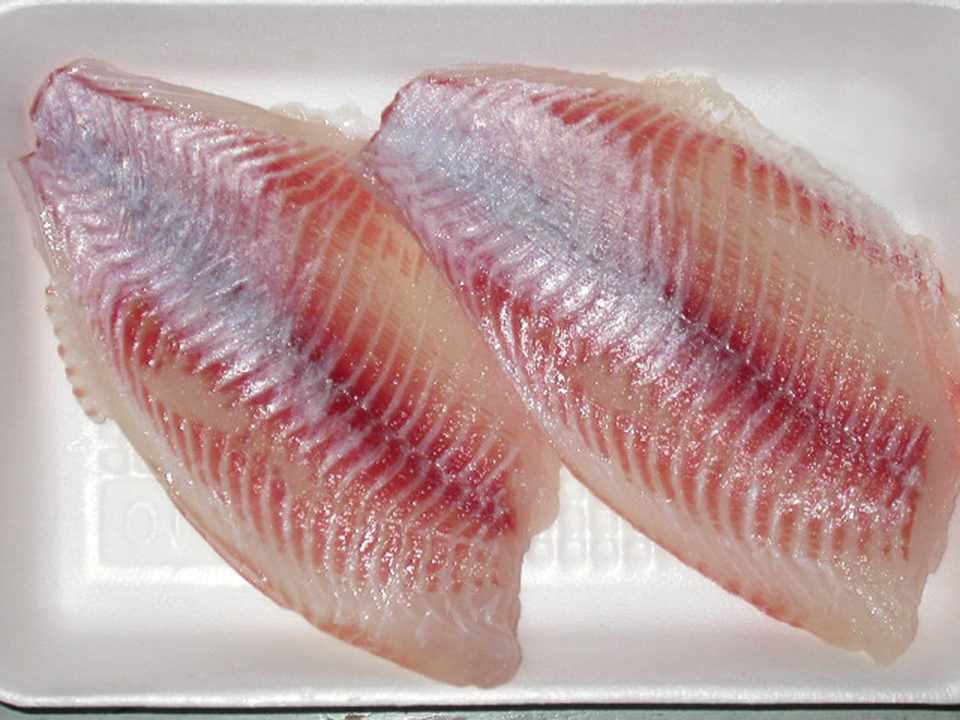
Fueled in part by the use of commercial aquafeeds, tilapia are the second most widely farmed fish in the world. Marine fish oil, a by-product from industrial capture fisheries, is the oil conventionally used in tilapia feed formulations. Aquafeeds currently use about 90 percent of the global supply of fish oil as a source of lipid.
For the past 25 years, annual fish oil production has not increased beyond 1.5 million metric tons (MT), and a shortage of fish oil for aquafeed use has been forecasted. The decreasing global availability and increasingly high cost of fish oil have resulted in intensive research activities to evaluate alternative oil sources for aquafeeds.
Palm oil alternative
One potential alternative lipid source for tilapia grow-out feeds is palm oil extracted from the fruit of the tropical palm tree (Elaeis guineensis). Palm oil is the generic name given to various palm oil products and by-products at different stages of refining and fractionation. The products include crude palm oil (CPO); refined, bleached, deodorized palm olein (RBDPO) and palm fatty acid distillate (PFAD).
Palm oil is the most fractionated oil in the world, with each oil fraction having different physical, chemical and nutritional properties. Crude palm oil overtook soybean oil in 2005 as the most produced oil with a global production currently exceeding 43 million MT.
Palm oil in tilapia feed
In 2007, the authors conducted a feeding trial to investigate the influences of CPO, RBDPO and PFAD as the principal dietary lipid source as compared to a fish oil-based practical diet on the growth performance of red hybrid tilapia fed these diets from stocking to marketable size. Results showed that the source of added lipid did not significantly (P > 0.05) influence the growth performance, feed-conversion ratios, survival, body indices, hematocrit levels or production yields of the tilapia.
There was generally no significant difference in the fillet proximate composition of fish fed the various diets. Nevertheless, the fillet fatty acid profiles of tilapia fed palm oil-based diets had significantly higher concentrations of saturated and monounsaturated fatty acids, but lower levels of polyunsaturated fatty acids (PUFAs) than the fish fed the fish oil-based diet. The test results confirmed the feasibility of feeding tilapia palm oil-based diets with 100 percent substitution of added dietary fish oil throughout the grow-out cycle.
Apart from good growth, the post-harvest quality of farmed fish should also be taken into consideration when evaluating the suitability of vegetable oils such as palm oil as dietary fish oil alternatives. The impacts on the physical and organoleptic qualities of fillets from tilapia fed diets in which fish oil was replaced with palm oil were recently evaluated by the authors.
Post-harvest fillet quality
The post-harvest fillet quality of market-size farmed tilapia fed the palm oil- or fish oil-based diets was evaluated after one, 10 and 30 weeks of frozen storage. Dietary oil source did not significantly (P > 0.05) influence the liquid-holding capacity and texture of the fillets, but both these parameters were increased by the duration of frozen storage.
Fillets from fish fed palm oil-based diets exhibited significantly higher oxidative stability during frozen storage compared to fish fed the fish oil diet (Fig. 1). Malondialdehyde (MDA), which is a secondary oxidation product during the breakdown of PUFAs, was used as an index compound for studying lipid peroxidation.
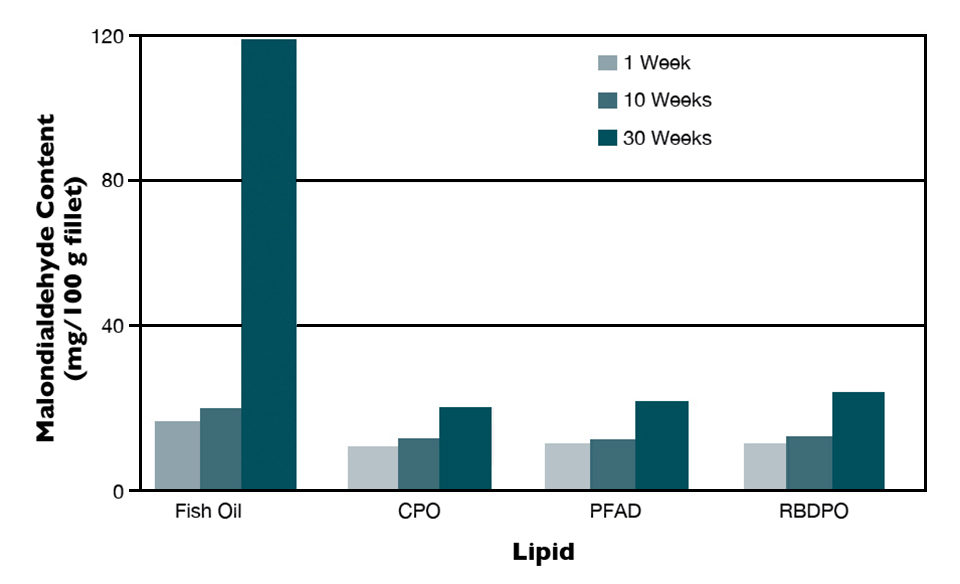
The lowest MDA value was reported in fillets from fish fed the crude palm oil diet. MDA levels in the 30-week frozen fillets were significantly higher than those sampled at week 1 or 10. A ninefold increase in MDA/100g lipid was observed in the fillets of fish fed the fish oil diet after 30 weeks of frozen storage compared to only a threefold increase in fillets of fish fed palm oil-based diets.
Marine lipids such as fish oil are rich in PUFAs that are highly susceptible to oxidation. A direct relationship was observed between lipid oxidation and the levels of PUFAs deposited in the tilapia fillets. The low PUFA concentrations in palm oils contributed to the enhanced oxidative stability of fillets of tilapia fed these diets. Furthermore, CPO and PFAD contain high concentrations of endogenous vitamin E (tocopherols and tocotrienols), which are known to be deposited in tilapia fillets and enhance oxidative stability.
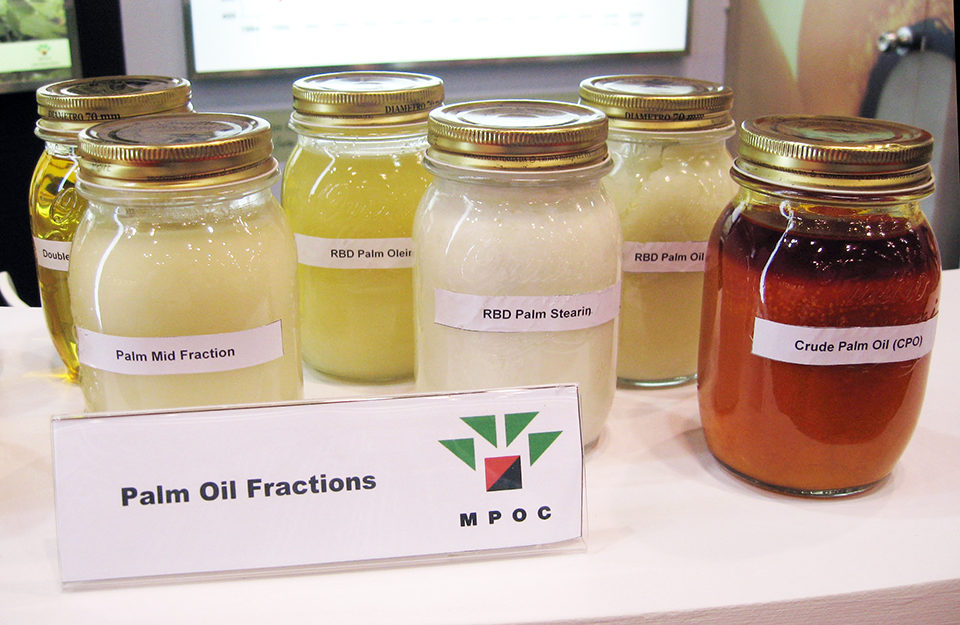
Evaluation of fillets
Steamed tilapia fillets were evaluated for their sensory qualities using a quantitative descriptive analysis method. Using a taste panel consisting of six well-trained assessors, off-odor, fillet color, chewiness, juiciness, hardness, sweetness, sourness and aftertaste rancidity were evaluated.
Dietary oil source and frozen storage generally had little impact on sensory attributes. In the first week of frozen storage, only the hardness scores differed significantly among the fillets. Fillets from fish fed the PFAD diet were perceived as significantly softer than fillets from fish fed the CPO diet. The highest off-odor score was reported in fillets of fish fed the fish oil-based diet, while fish fed the RBDPO diet achieved the lowest score.
The intensity of white color was lowest in fillets from tilapia fed the CPO diet and highest in fish fed the PFAD diet. For chewiness and juiciness, the best scores were observed in fillets of tilapia fed the PFAD diet. Meat from tilapia fed the PFAD diet tasted sweeter, less sour and less rancid than meat from fish fed the other diets. Aftertaste rancidity scores were highest in fillets of tilapia fed the fish oil-based diet.
Over the 30-week frozen storage period, analysis of scores given by the taste assessors did not indicate significant effects of dietary treatment or storage time on the sensory attributes of tilapia fillets, except for aftertaste rancidity and juiciness, respectively.
Unlike fillet proximate composition, fillet fatty acid composition was significantly affected by both diet and frozen storage. In general, the fatty acid composition of the dietary oil source dictated the fillet fatty acid composition. Fillets of fish fed the fish oil-based diet had significantly higher concentrations of eicosapentaenoic acid (EPA) and docosahexaenoic acid (DHA) than fish fed palm oil-based diets. Fillet omega-3:omega-6 ratios were highest in tilapia fed the fish oil diet at 3.2 and about 1 in fillets of fish fed palm oil-based diets. Total omega-3 PUFAs, particularly DHA, decreased significantly in the fillet lipids of all fish after 30 weeks of frozen storage.
(Editor’s Note: This article was originally published in the March/April 2010 print edition of the Global Aquaculture Advocate.)
Authors
-
Wing-Keong Ng, Ph.D.
Fish Nutrition Laboratory
School of Biological Sciences
Universiti Sains Malaysia
Penang 11800, Malaysia -
Osan Maroof Bahurmiz, M.S.
Fish Nutrition Laboratory
School of Biological Sciences
Universiti Sains Malaysia
Penang 11800, Malaysia
Tagged With
Related Posts
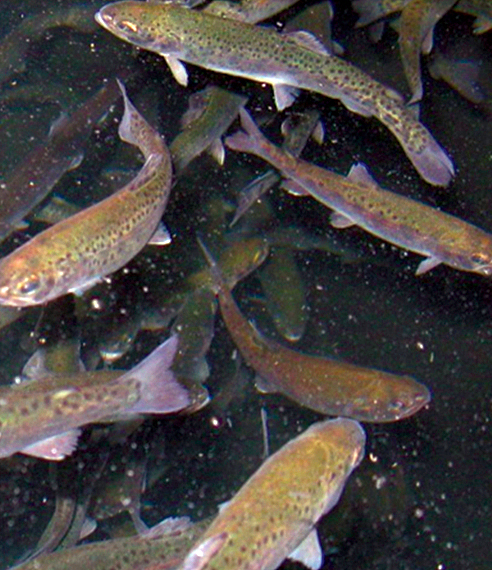
Aquafeeds
Alternative lipids spare fish oil in rainbow trout feeds
Alternative lipids have achieved varied success in ensuring adequate growth and fatty acid composition in fillets. The authors evaluated rainbow trout raised on diets containing fish oil or a blend of fish and standard or modified lipids varying in fatty acid composition.
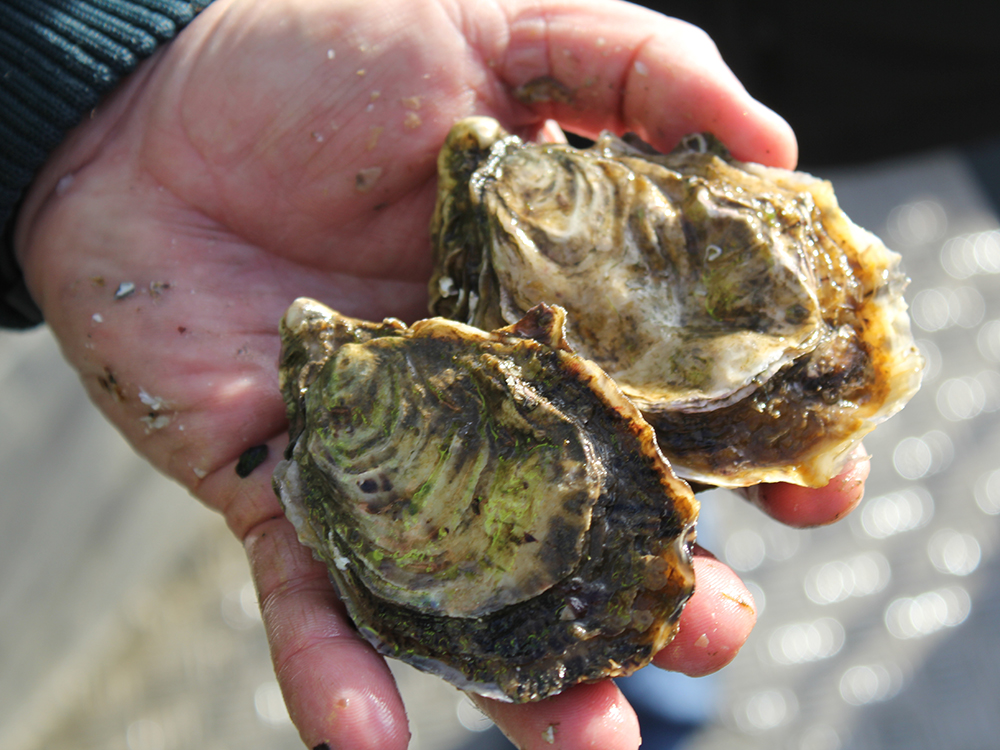
Intelligence
Behold the nutritious oyster
Oysters provide important, natural filtration of water and are an important component of many healthy coastal ecosystems because their active filtering can help improve and maintain water quality. For many coastal communities, oysters are an important food resource and excellent sources of protein and amino acids, zinc, selenium, iron and B-vitamins.
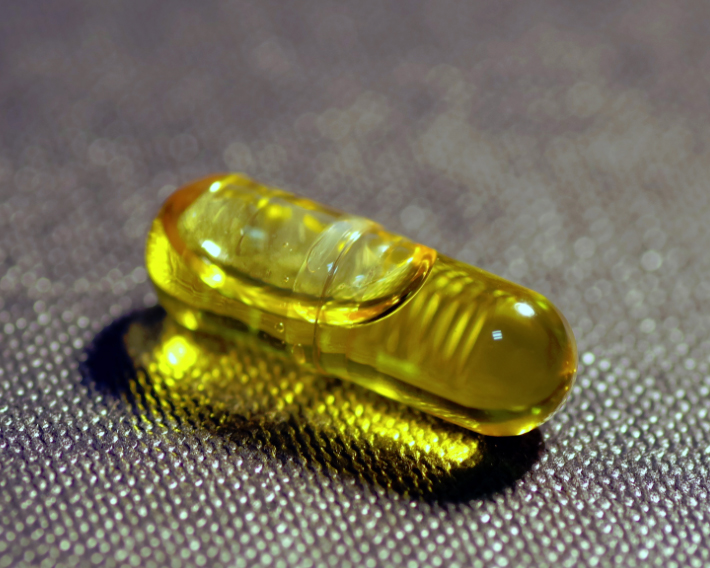
Aquafeeds
Considerations for alternative ingredients in aquafeeds
A key to expanding aquaculture is finding alternative sources of proteins and oils. Supplementing or replacing fish oil in aquaculture feeds with alternative lipid sources – oils seeds, microalgae, insects and others – appears possible as long as essential fatty acid (EFA) requirements are satisfied.
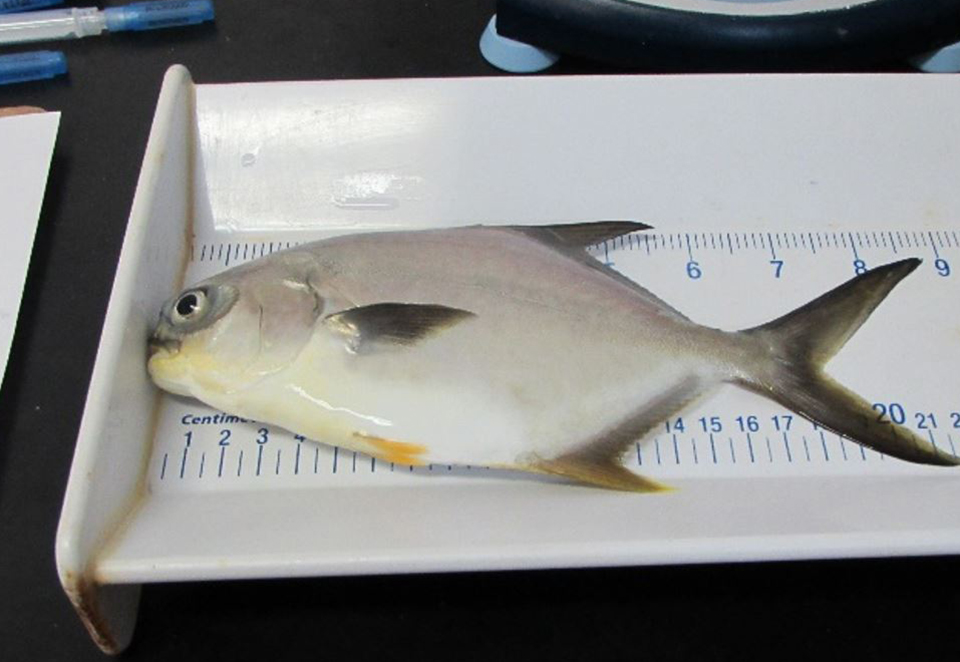
Aquafeeds
Evaluating dietary fish oil replacement in juvenile Florida pompano
Study evaluated production performance and tissue composition of juvenile Florida pompano fed diets containing fish oil or 25:75 blends of fish oil and various other lipid sources.


